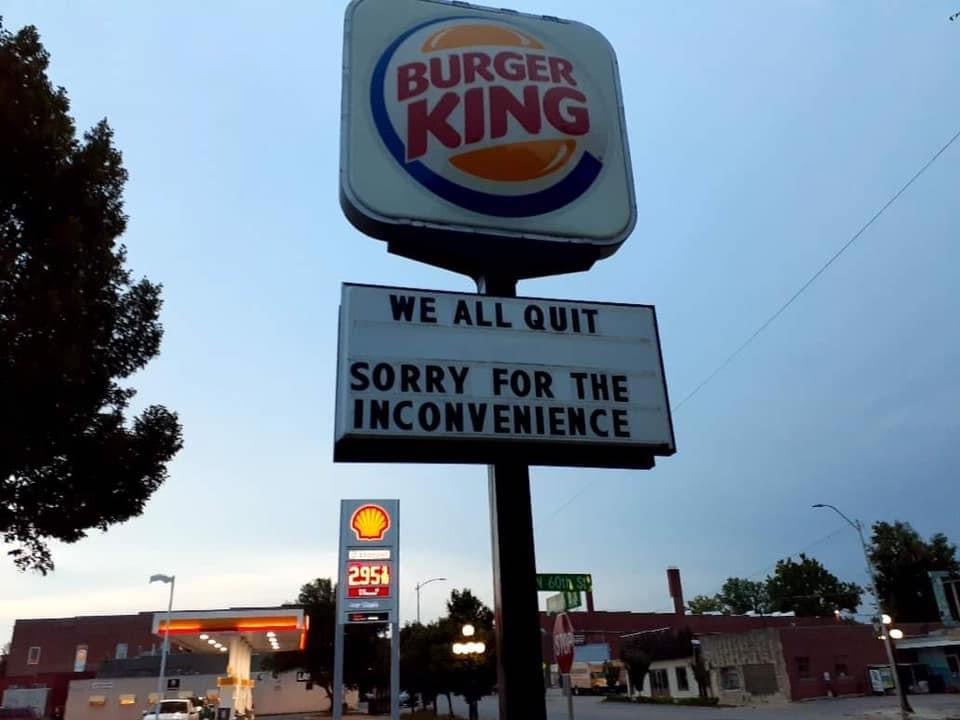The Elusive Story of the Bread-and-Butter Pickle Sandwich
One of the first recorded uses of the phrase “bread and butter pickles” can be traced back to 1923, when Omar and Cora Fanning of Illinois registered for a trademark (since expired) on the logo for their family pickles. According to a 1996 issue of the Feingold News, “Mrs. Fanning worked out an agreement with a local grocer, who gave her groceries—including bread ‘n butter—in exchange for the pickles.”
One of the first recorded uses of the phrase “bread and butter pickles” can be traced back to 1923, when Omar and Cora Fanning of Illinois registered for a trademark (since expired) on the logo for their family pickles. According to a 1996 issue of the Feingold News, “Mrs. Fanning worked out an agreement with a local grocer, who gave her groceries—including bread ‘n butter—in exchange for the pickles.”


:extract_focal()/https%3A%2F%2Fcms.qz.com%2Fwp-content%2Fuploads%2F2019%2F11%2FAP_090325036813-e1572642223913.jpg%3Fquality%3D75%26strip%3Dall%26w%3D2200%26h%3D1238)













